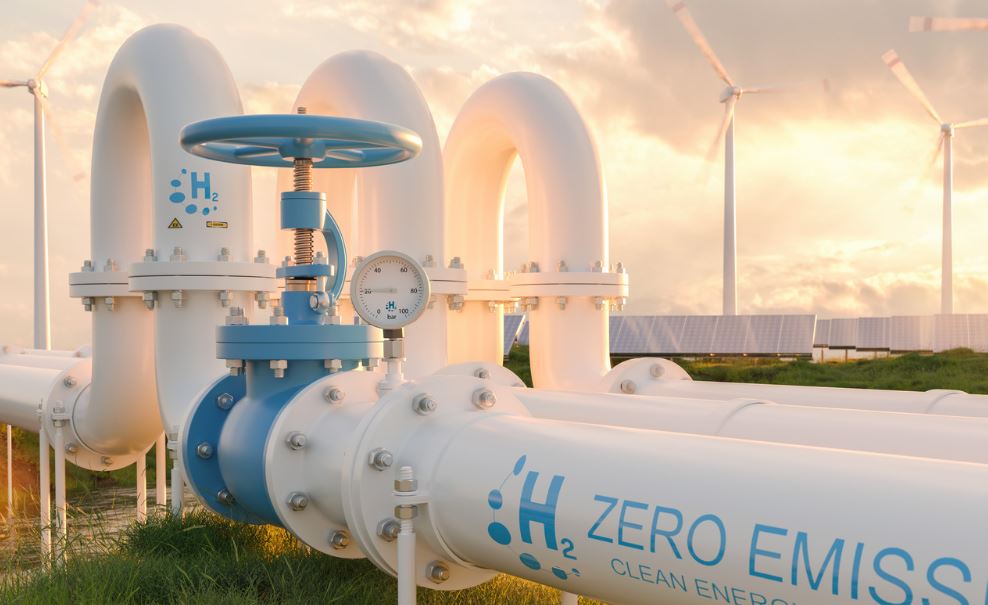GASCADE has undertaken the initial hydrogen filling for the first section of its ambitious Flow program, a move signaling a critical shift in energy transportation methods.
This development comes as part of a broader strategy to convert approximately 400 kilometers of pipeline to accommodate hydrogen by 2025, aligning with European Union goals to reduce carbon emissions by integrating sustainable energy solutions. Such a large-scale transition to hydrogen infrastructure not only underscores GASCADE’s commitment to decarbonization but also marks a pivotal advancement in the energy sector’s race towards net-zero emissions.
The Flow program’s progress is watched closely by industry experts and stakeholders, as its success could set a precedent for similar projects across Europe and beyond. Should GASCADE navigate the technical complexities effectively, it could catalyze a domino effect, encouraging other companies to accelerate their hydrogen transition initiatives. Hydrogen integration into existing pipeline networks is seen as a strategic move to balance energy security with climate objectives, especially as policymakers and energy companies seek sustainable alternatives to natural gas.
With GASCADE at the forefront, this program could exemplify the viability of converting natural gas infrastructure for hydrogen use, potentially inspiring other entities to undertake similar efforts. This operational shift not only reinforces Germany’s position as a leader in sustainable energy transition but also resonates with the broader European ambition for a low-carbon future.
As the inaugural hydrogen test in GASCADE’s Flow program unfolds, industry observers will be keen to assess its outcomes and their implications for the energy sector’s path towards sustainability. The project’s unfolding will provide critical insights into the technological, regulatory, and economic frameworks that underpin successful hydrogen integration, offering a blueprint for future endeavors in the global energy transition landscape.





